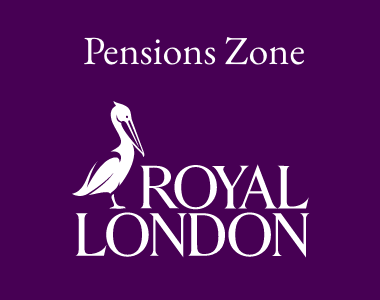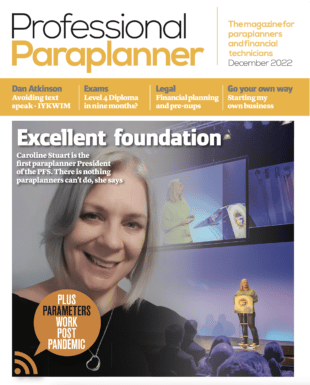In the second of her tax articles for Professional Paraplanner, Jessica List, pension technical manager, Curtis Banks, highlights what to watch out for when calculating the tapered annual allowance, including the new definition of a ‘high-income individual’.
It’s no secret that the tapered annual allowance is no fun for anyone involved. With just a few short weeks left until the beginning of April, affected savers may be going through the now-familiar process of trying to work out exactly how much their annual allowance will be reduced by, in time to make best use of their allowance before the end of the tax year. Here is a reminder of a few of the trickier points in the rules that are easy to miss.
Anti-avoidance measures
Sometimes the very fact that a client has made (or is planning to make) contributions can affect their threshold income figure to the extent that they’re no longer caught by the tapering rules at all. However, there is an anti-avoidance measure built into the legislation to prevent savers from misusing this potential loophole. The measure states that if a person takes an action that meets all three of the following criteria, they must complete their tapered annual allowance calculations as though that action did not take place. The conditions are:
1. It’s reasonable to assume that one of the main purposes of the action was to reduce the individual’s annual allowance reduction
2. The action reduces the client’s threshold and/or adjusted income for the tax year
3. The action increases the client’s threshold and/or adjusted income for a different tax year.
If someone simply decides to make an additional contribution, it’s unlikely that all three conditions would be met. However, clients should take care of this anti-avoidance measure when considering more complex amendments to their arrangements.
Personal (and third party) contributions
Remembering when personal and third party contributions need to be added or deducted in the threshold and adjusted income calculations is one of the trickier aspects of the rules, as it depends on the tax relief method used for the contributions. As threshold income is (broadly speaking) a person’s income not including any pension contributions, any contributions that used relief at source need to be deducted as part of the calculation. On the other hand, as adjusted income needs to include pension contributions, any that have used a net pay arrangement need to be added back in.
However, it’s possible for clients to be caught out if they make an additional contribution using salary sacrifice. Counterintuitively, such contributions will normally need to be added into the threshold income calculation. This is a further anti-avoidance measure to make sure that people can’t use salary sacrifice to prevent themselves from being affected by the tapered annual allowance.
Changing definitions
This tax year, the definition of a ‘high-income individual’ was changed for the first time, by increasing the values of threshold and adjusted income that people have to exceed to meet the definition. Rather than needing a threshold income above £110,000 and an adjusted income above £150,000, clients will now only be affected where their threshold and adjusted incomes exceed £200,000 and £240,000 respectively.
However, the previous values still apply for the previous tax years, which may need to be taken into account for any carry forward calculations the client undertakes. The available carry forward a person has from any given tax year will still be based on their tapered annual allowance based on that year’s rules. This could become trickier to keep track of if we see further changes to the threshold and adjusted income figures over the coming tax years.
Speaking of carry forward – it’s always worth remembering that those rules can offer a bit of flexibility to clients who are struggling with the tapered annual allowance calculations. If it turns out that a client didn’t fully use their allowance for the tax year, the allowance will still be available to use for three more years, as long as the client’s circumstances in one of those later years allow them to make the additional contribution.




































